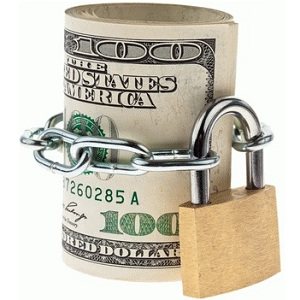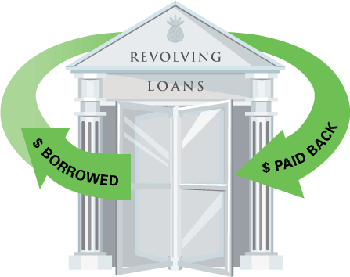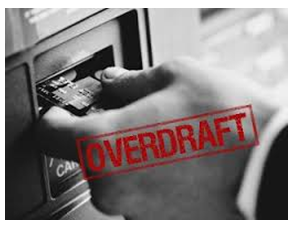If you are in tight spot and are in need of a cash boost, obtaining extra financing by applying for personal loan is the best option. Personal loans are great options when you only need the loan for a relatively short amount of time and for smaller loan amounts. On the flip side, personal loans often have higher interest rates compared to other long-term loans such as mortgages. The loan’s terms are determined by the financial standing of the borrower as well.
Unlike other varieties of loans, personal loans are approved in as little as a day and once it is approved, the cash is yours to do as you please. Basically, financial institutions in Malaysia offers two types of personal loans to customers. These two types are known as secured and unsecured loans, where the most common would be unsecured loans. Revolving loans, overdraft facility and instalment loans are typical unsecured loans and the standard type of loans given out by banks. Educating yourself on the types of loans available will help you to choose which type is most suited to your needs.
Secured Personal Loan
Secured personal loans poses less risk to the creditor as debtors will offer various valuable assets as collaterals for the amount that they wish to loan. Creditors will offer a much lower interest rate compared to an unsecured loan as they have a form of security in their hands. Borrowers beware, if they fail to meet their repayment schedule, creditors have the right to repossess the assets that were put up as collateral. Make sure that you do have the financial capability to pay the amount accordingly otherwise you will lose your assets.
Unsecured Personal Loan
An unsecured loan differs from a secured loan in which borrowers do not need to provide any assets as collateral before applying for a loan. As this acts as a larger risk to creditors, debtors must prove to them that they are able to repay the loan in due time. Unsecured loans tend to have a higher interest rate as well. As no assets are offered, borrowers must be able to convince them that they have a good credit history and solid financial strength. Lenders are often taking a higher risk in giving out an unsecured loan thus the interest rates and other terms of the loan tend to be less beneficial to the debtor. Even though no assets are given as collateral, lenders can still take legal action against the debtor to recover their losses if the occasion arises that they are shirking on the repayments.
a) Personal Instalment Loan
The most frequent type of personal unsecured loan is commonly known as instalment loans. A borrower is required to pay back a predetermined amount on a regular basis over a certain duration of time which is known as the loan tenure. There are several different factors that influence the repayment amounts that a debtor has to make. They are calculated based on the amount of the loan, the interest rate and the length of your loan tenure. After the final payment is made, the conditions of the loan are deemed to be completed and the loan is repaid in full. If there is a need for more cash, a new instalment loan will have to be applied.
b) Revolving Loans
Revolving loans are typically a line of credit given to you by the bank where there is a fixed amount given but instead of instalment loans where the full amount is given, you can use any amount as and when it is needed, up to the limit given. The interest rate is only charged based on the amount taken or used, and not the full amount. Once the balance is repaid, your loan’s limit will reflect the original approved amount. If all these sounds familiar, that’s because this type of loans are how credit cards work. Banks offer you a fixed credit limit which can be used whenever you need it and the balance is paid every month. Revolving loans are flexible and you do not have to keep applying for one.
c) Overdraft Loans
Lastly, another type of unsecured loan is overdraft loans which is unlike instalment and revolving loans where it isn’t subject to the same rules and regulations. Essentially, this type of loan is an extension of your account. The function of this loan is to allow you to withdraw money even though the credit limit has been reached. This means that there will be negative amount in your bank account should you choose to do so. Keep in mind that the interest rates for overdrafts are inclined to be more expensive than other types of loans.
Before reaching a decision to take out a loan, go over the pros and cons and ensure that you are mentally and financially able to make regular payments.





